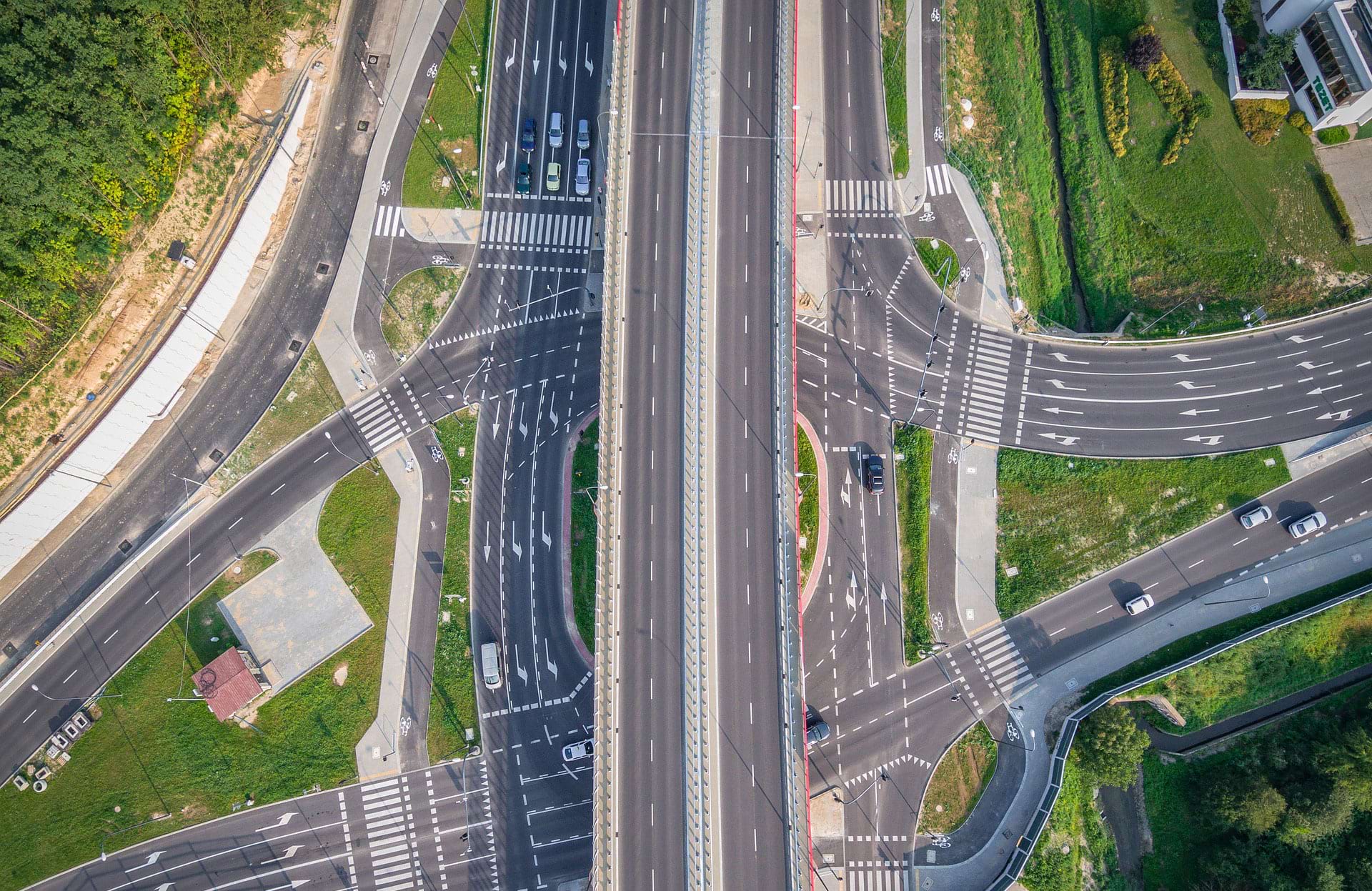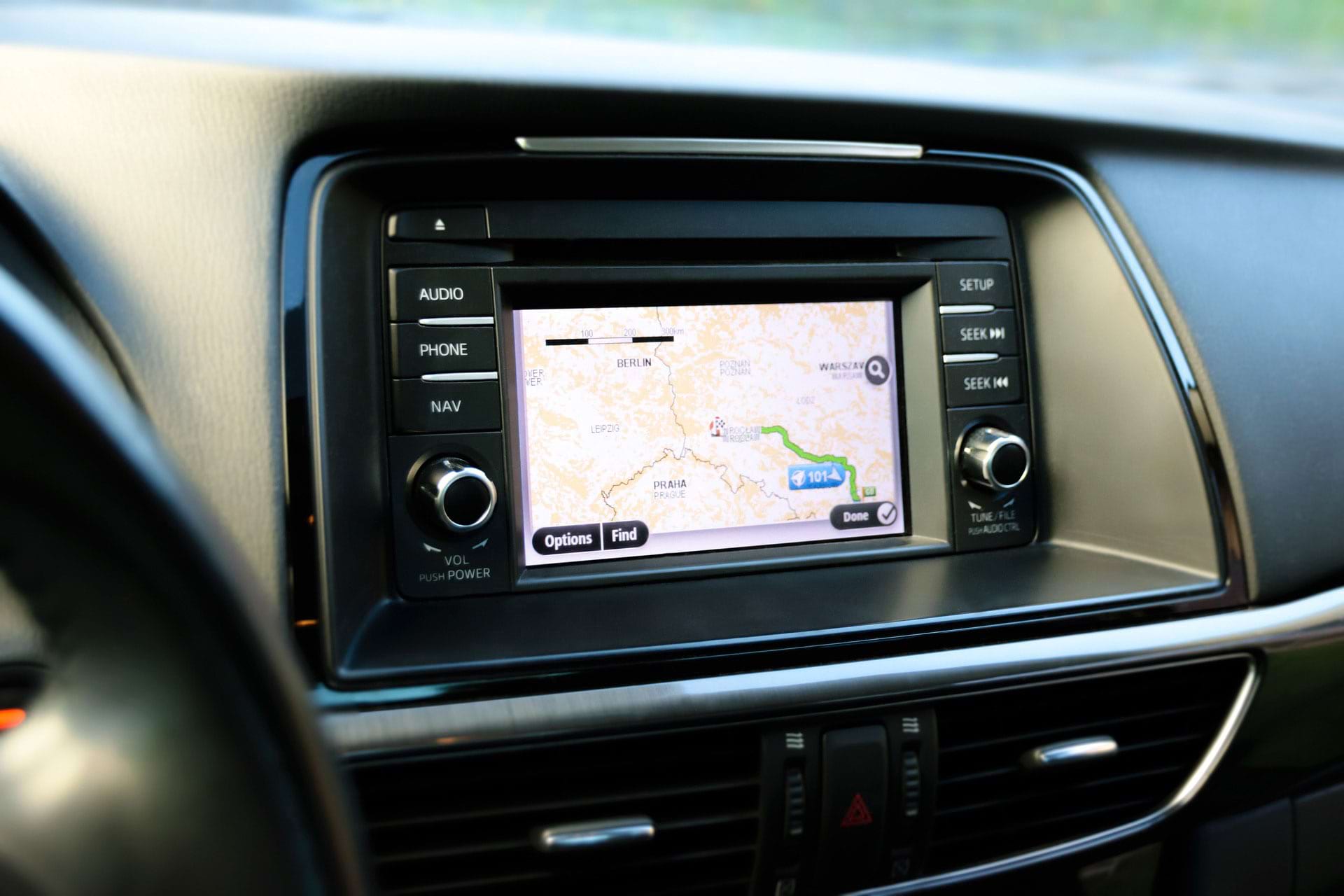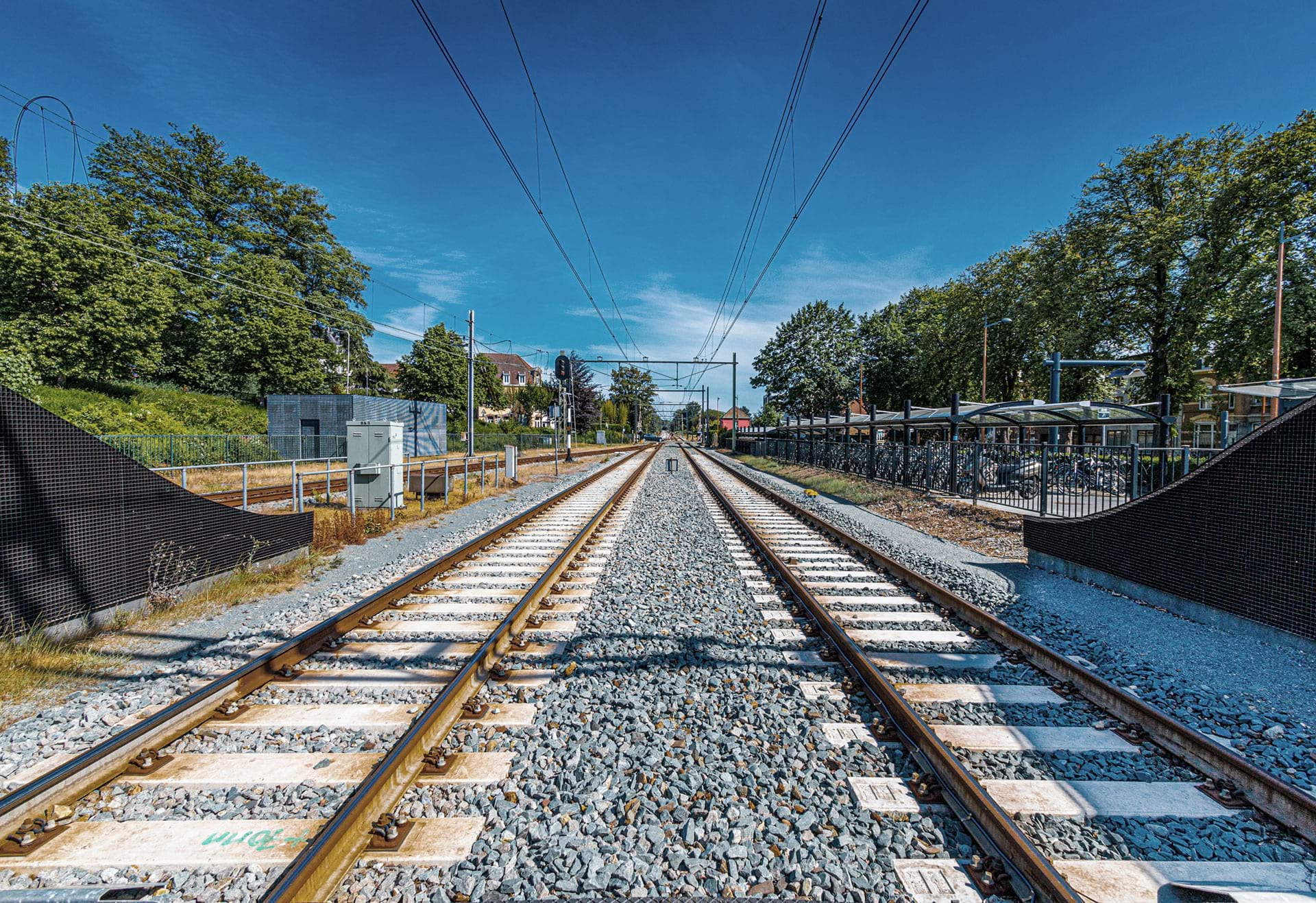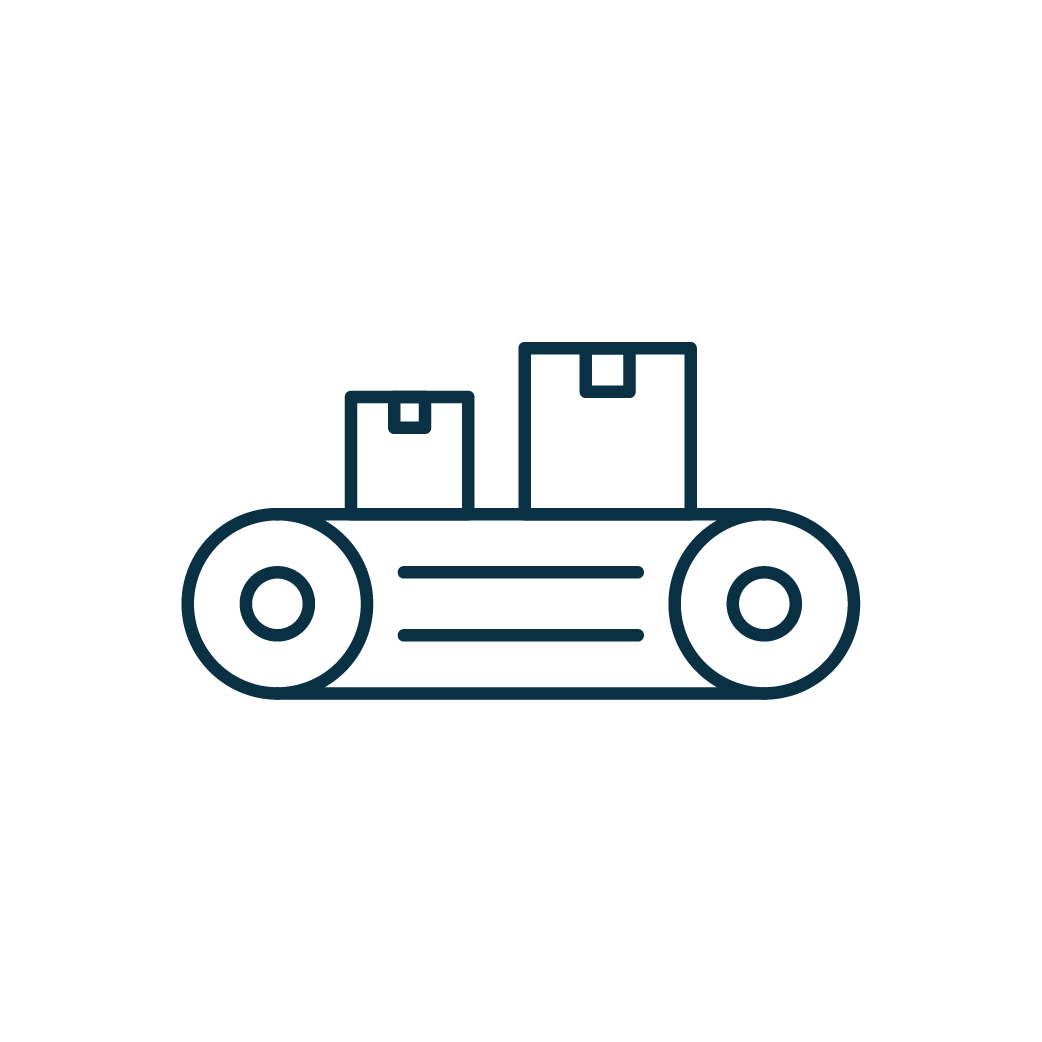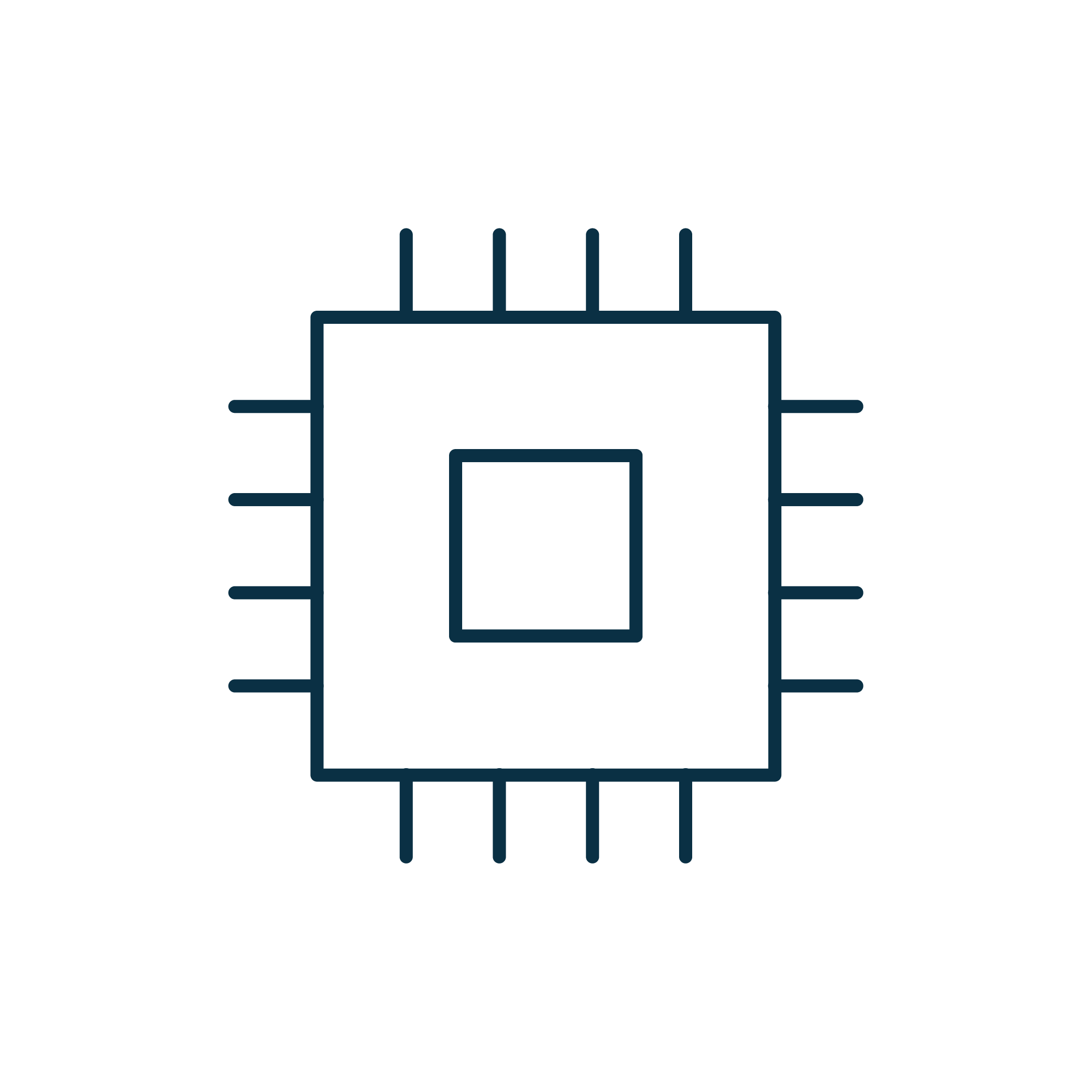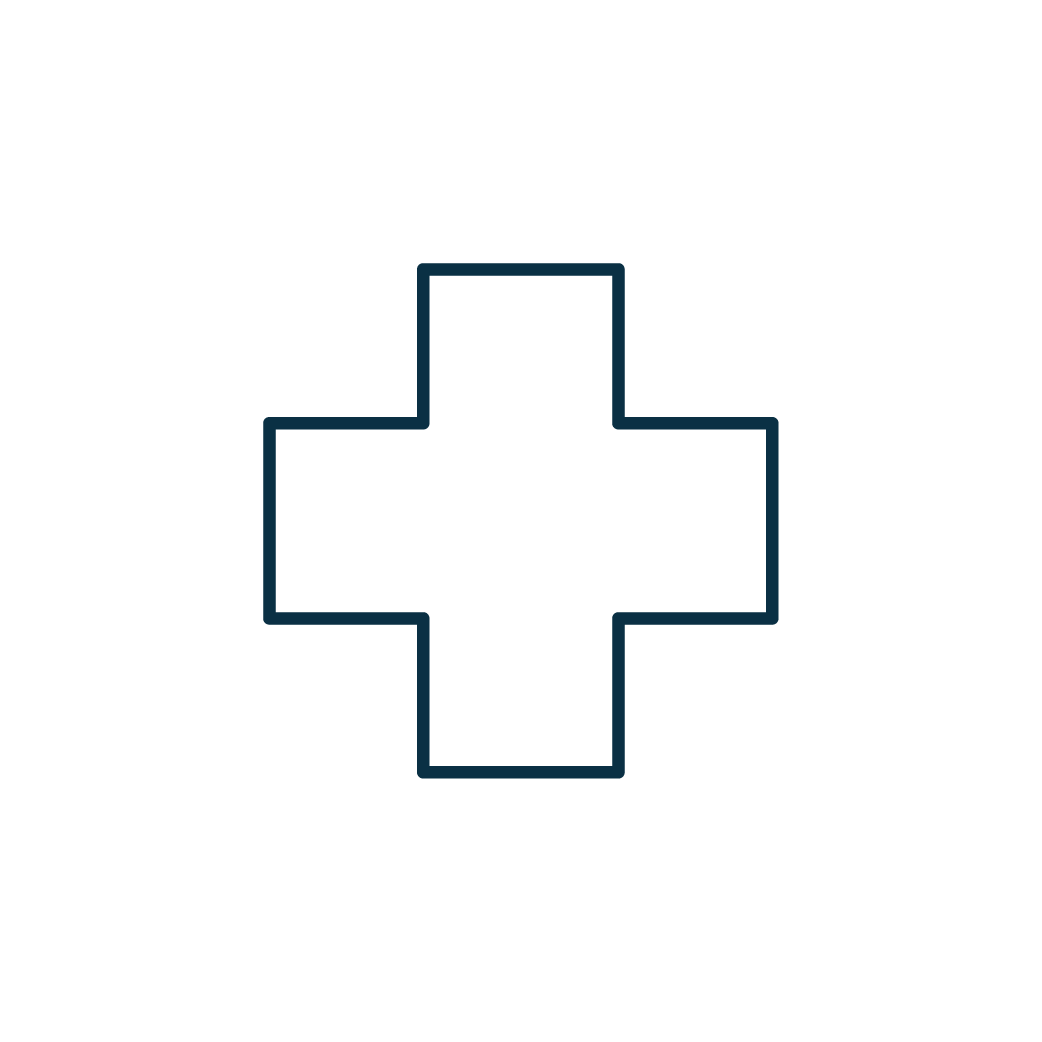↓
Lenses FOR Traffic and Rail applications
The use of machine vision in the transport and railway industry is used to increase the safety and efficiency of transport, to automatically monitor railway processes and to ensure the quality of railway vehicles. Intelligent traffic systems use image processing technology to classify vehicles and automatically recognize vehicle registration plates This technology is often used in applications such as speed monitoring, electronic toll collection and automated parking systems.





